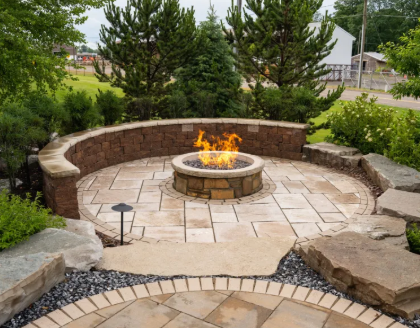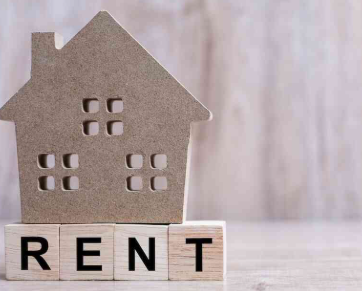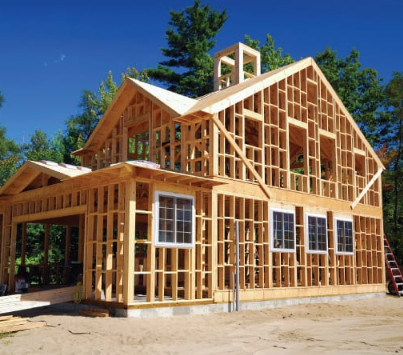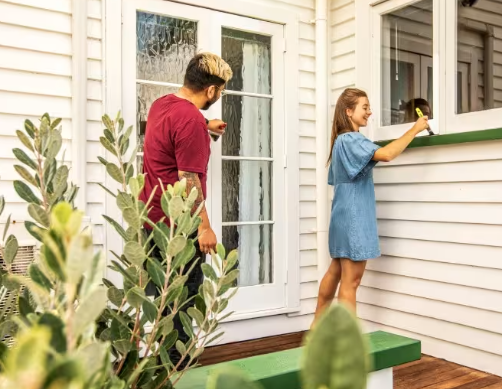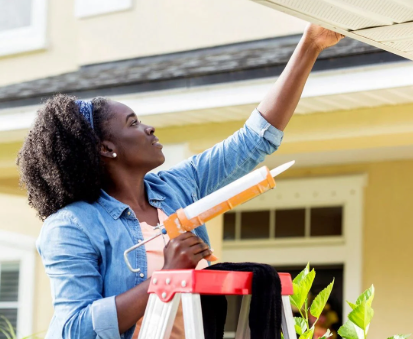Homeowner insurance protects your home and belongings, offering peace of mind when unexpected disasters or costly accidents strike.
What Is Homeowner Insurance?
Homeowner insurance, also called hazard insurance, is coverage that homeowners purchase to protect their property. It ensures financial compensation when the house faces accidents or sudden disasters, reducing property losses from such events. In the U.S., whether you are buying or renting a home, homeowner insurance is an essential safeguard.Typical homeowner insurance includes:
Compensation to the homeowner or mortgage lender after a covered loss.Coverage for the physical structure, including the house itself, fences, garage, driveway, pool, etc.
Personal belongings such as furniture, appliances, books, collectibles, and documents.
Additional living expenses if the home becomes uninhabitable due to a disaster and needs repair.
Personal liability protection for accidents that occur inside or outside the home, covering both homeowners and guests.
Why Do You Need Homeowner Insurance?
If you purchase a home with a mortgage, lenders require you to buy homeowner insurance before closing; otherwise, they will not approve the loan.If you pay in full with cash, the law doesn’t require insurance, but most owners still purchase it to avoid financial losses from accidents.
When buying homeowner insurance, you must inform the insurer whether the property will be owner-occupied or rented out:
Owner-occupied: The insurer will include coverage for personal belongings inside the home.
Rented out: You can skip coverage for personal items, lowering your premium. Tenants typically buy “renter’s insurance” to protect their own belongings.
What Does Homeowner Insurance Cover?
Dwelling Structure
Coverage A – Dwelling: Covers the main structure of the home.Coverage B – Other Structures: Covers buildings not attached to the main house, like detached garages or sheds (usually 10% of dwelling coverage).
Personal Property
Coverage C – Personal Property/Contents: Covers all personal belongings inside the home, such as furniture, electronics, clothes, etc., against theft or disasters.
Additional Living Expenses
Coverage D – Loss of Use: Pays for temporary living expenses like lodging and meals if the home becomes uninhabitable (usually up to 20% of dwelling coverage).
Liability
Coverage E – Personal Liability: Covers legal costs if someone is injured on your property or if you damage someone else’s belongings.
Medical Payments
Coverage F – Medical Payments: Covers medical costs for people injured on your property without a lawsuit, regardless of fault.
Other Terms
Deductible: The amount you pay out of pocket before the insurer covers the rest.
Water Backup/Sump Overflow: Covers damage from water backing up through sewers or drains (broken pipes are not included).
Types of Homeowner Insurance Policies
In the U.S., common policy types include (HO = Homeowner):HO-1 Basic Coverage: Covers damages from events like fire, lightning, wind, hail, theft, vandalism, and certain accidents.
HO-2 Broad Coverage: Includes HO-1 plus risks like snow damage, frozen pipes, and appliance breakdowns.
HO-3 Special Form: The most common policy, covering almost all risks except war, nuclear disaster, flood, earthquake, or sinkholes.
HO-4 Renter’s Policy: Covers tenants’ personal property inside rental units.
HO-6 Condo Coverage: Covers condo interiors and personal property; external structures are usually covered by the HOA.
HO-7 Mobile Home Coverage: For mobile or manufactured homes.
HO-8 Older Home Policy: For older houses, covering at market value instead of full rebuild cost.
Which Policy Fits Your Home?
Single-Family House: Usually HO-3, covering the entire property and structures.Townhouse: Typically HO-3; similar to single-family houses.
Condo: Usually HO-6, but check if HOA’s master policy covers the interior.
In some regions, lenders may also require earthquake or flood insurance.
Claim Process
Report the Loss: File within 60 days and provide a detailed proof-of-loss form.Depreciation: Claims consider depreciation, not original purchase price. Keep receipts for proof.
Preserve Evidence: Document the event and keep communication records in case of disputes.
Deadlines to Remember
Submit proof-of-loss within about 60 days of damage.Choose an appraiser within about 20 days after receiving the insurer’s estimate.
File lawsuits within 12 months of the incident if disputing the claim.
Vacant properties unoccupied for over 60 days may lose coverage.
When Will Your Premium Increase?
Premiums often rise after:Fires caused by negligence.
Man-made water damage.
Theft or vandalism.
Two or more claims within three years may lead to higher premiums or even policy denial.
13 Tips to Lower Your Premium
Raise your deductible.Improve disaster resistance (roof reinforcements, storm shutters, elevated utilities).
Install safety features (alarms, sprinklers).
Remove unnecessary coverage.
Demolish abandoned structures.
Clear flammable plants near the home.
Bundle policies with one insurer.
Avoid frequent small claims.
Remove land value from coverage.
Be mindful of pet breeds.
Eliminate high-risk play equipment (trampolines, treehouses).
Live near emergency services.
Ask about available discounts (retiree, group, or association plans).
